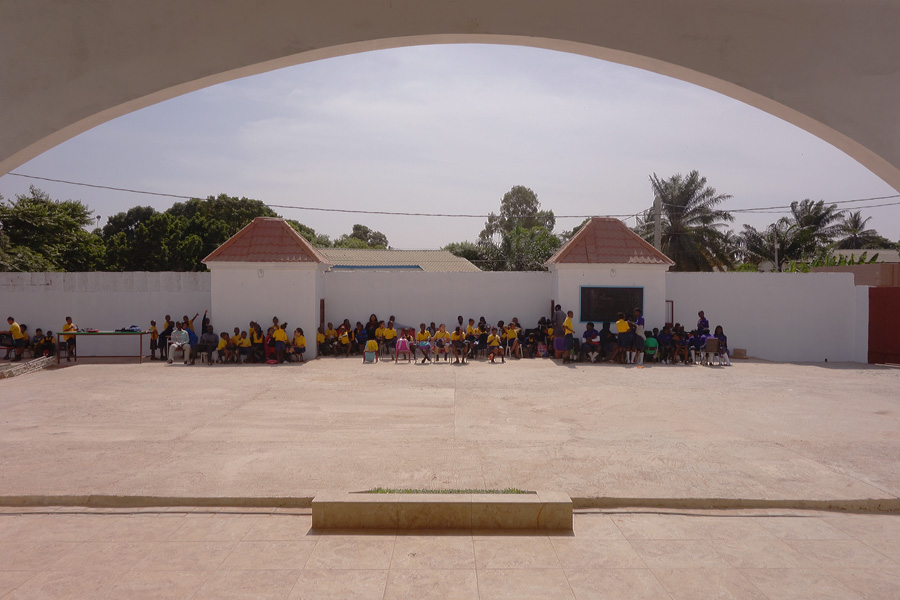Friday, 16
reading Teju Cole's essay Black Body and having Notes of a Native Son mentioned i searched my books for the one of James Baldwin, but didn't find it. what annoyed me... really, in that very moment i wanted to read these parts Cole mentioned. to see how James Balwiin experienced switzerland. hope the book will appear and i can catch upon later. i reckon having seen it here in the gambia while unpacking my boxes. or did i leave it in basel? however, let me give a quote:
Known and Strange Things Teju Cole, 2016, p 12Leukerbad gave Baldwin a way to think about white supremacy from the first principles. It was as though he found it in its simplest form there. The men who suggested that he learn to ski so that they might mock him, the villagers who accused him behind his back of being a firewood thief, the ones who wished to touch his hair and suggested that he grow it out and make himself a winter coat, and children who, "having been taught that the devil is a black man, scream(ed) in genuine anguish" as he approached: Baldwin saw these prototypes (preserved like coelacanths) of attitudes that had evolved into the more intimidate, intricate, familiar, and obscene American forms of white supremacy that he already knew so well.
Monday, 12
For me to learn Mandinka or Wolof or any native language turned out to be very difficult. English as the language of international business seemed to me more important to improve. Further, i work a teacher in a school where the students are advised to speak English and French only. Now read this what I've found in the New African of February this year:
And here is the problem: None of the intellectual exertions even begin to deal with the underlying, unresolved question of what an African education should look like. In design, culture and execution, most education on the continent seems an uninterrupted delivery of the original colonial mission of erasure.
Many still practice degrading punishment regimes that simultaneously stigmatise native languages and physical labour, and privilege European spiritual, cultural, and thought systems. The academic cycle is at odds with the predominantly agricultural setting of the continent, unlike in US and UK.
(...)
All education ever was, is a system by which the older generation prepared the rising one with the tools necessary for them to eventually take control of the management of their society. It follows that such an education system cannot be on thing, as each society in reality faces specific challenges demanding specific solutions; nor therefore can it be transposed. The critical thing is for the society to have a capacity to think about what the best design should be. An anti-arts bias is therefore also an anti-thinking bias.
It is a matter of addition, subtraction or substitution. What needs to be simply removed, what added, and what replaced?
Until we sort that out, we should accept that there is a certain logic informing the way our youth are streaming northwards to risk drowning and other unspeakable horrors to get to Europe: instead of trying to be Europeans in Africa, they argue, why not try and become actual Europeans in Europe?
New African, Feb. 2018, Native Intelligence, Kalundi Serumaga, p39
Friday, 9
Contemporary art is a social industry. Who you know and whom you have access to is currency.
(...)
Too often, actual labor is swept under the carpet, redefined as a “labor of love” or “passion project".
(...)
Curators, like artists, are working well below the minimum wage.
ArtMarket
Friday, 2
First of all, the art of living; then as my ideal profession, poetry and philosophy, and as my real profession, plastic arts; in the last resort, for lack of income, illustrations.
Gualtieri Di San Lazzaro, Klee, Praeger, New York, 1957, p. 16
